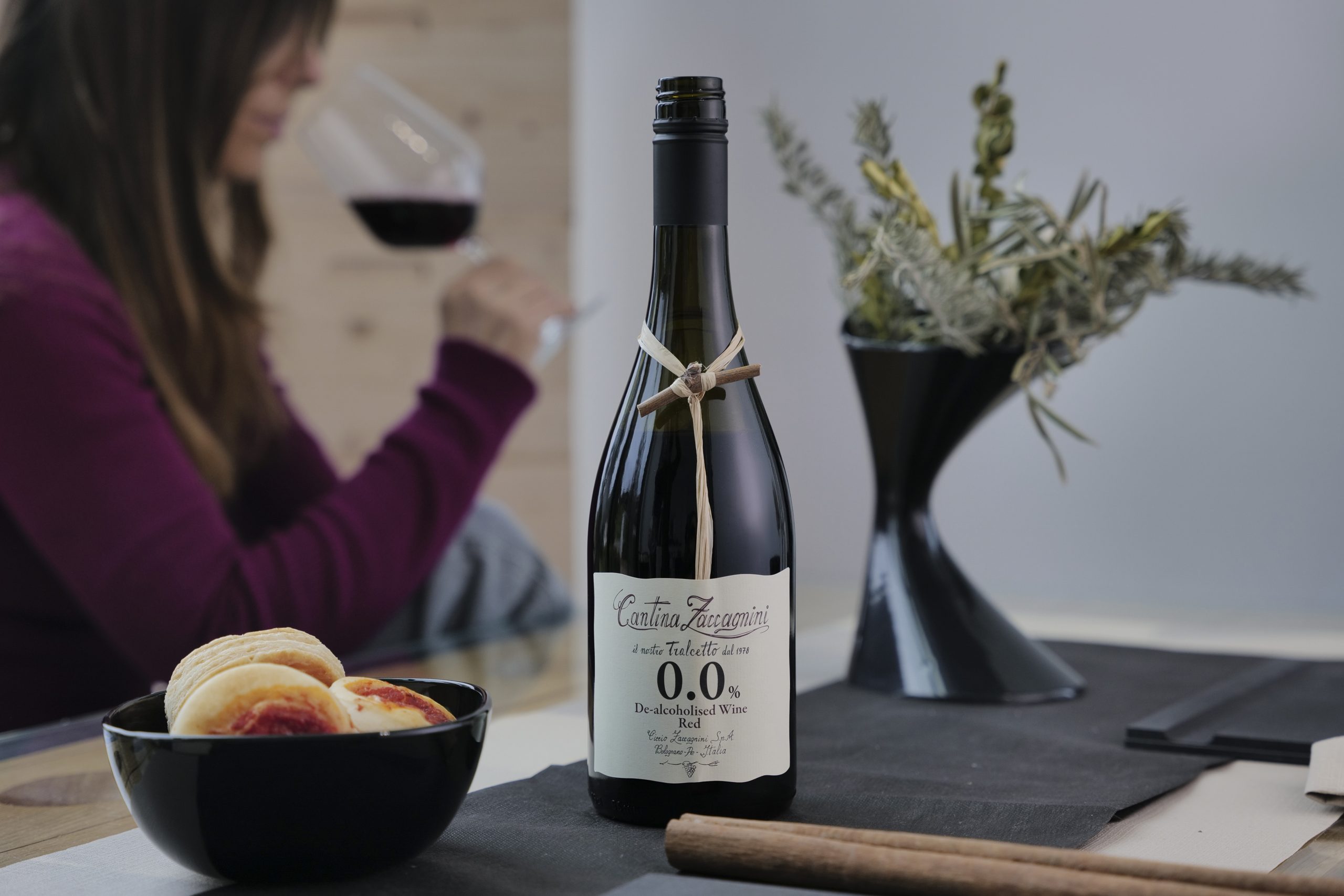Wine’s role in pre-Roman Italy revealed
Further light has been shed on the drinking rituals and importance of wine in pre-Roman Italy following new research.
Bice Peruzzi, a doctoral student at the University of Cincinnati presented her findings at the 2016 Archaeological Institute of America/Society for Classics Studies Annual Meeting in San Francisco recently.
She had been studying the burial practices of the people who inhabited the central Apulian region in the south of the Italian peninsula from 525-200BC – a people who left no written records.
As she told the conference: “After going through volumes of collected material, I realized that there was so much more that could be said about what was happening in the development of this particular culture.
“In spite of having no written history, I was able to distinguish three different periods and then connect them to the larger Mediterranean history to see how their society changed.”
Southern Italy was a Greek colony at the time, based around the city of Taranto, which was an important trade and cultural hub for Magna Graecia, that stretched all the way to Sicily and the Greek city of Syracuse.
That Greek heritage was most evident in pottery styles, with the majority of tombs – particularly in ‘Period One’ from 525-350BC – containing Greek vases and artifacts from lamps to wine kylix. Weapons were also much in evidence.
What was clear from the tombs (certainly those of men), was that the societies of southern Italy at this time were geared towards warfare and ritual banqueting – in which wine played a central role.
Numerous depictions of women engaged in everyday activities such as religious processions and offering wine to the gods also raised questions about the part they may have played in this culture.
Partner Content
The way the tombs were laid out also suggested to Peruzzi that family members may have returned to the tombs at various times to honour their dead relatives and ancestors.
“The care in displaying the artifacts in these tombs is striking, especially considering that the objects could have been visible only during the brief period when the tomb was open,” she noted.
“This gives the impression that during Period 1 the tomb was conceived not only as the final resting place of the deceased, but almost as the stage for dancing and a burial performance.”
Pottery styles remained ‘Greek’ in the 50-year span between 350-300BC she categorised as ‘Period Two’ but a more wholesale shift happened from 300-200BC in ‘Period 3’ as communities became more urbanised.
Our knowledge of the influence of the Greeks in Europe, especially on the wine culture of the Mediterranean, before the rise of Rome in the 3rd century BC is still growing.
Last year a Greek wine jug was discovered in the burial mound of a Celtic prince in southern Champagne, the furthest north such artifacts have ever been discovered. It probably originated from another Greek colony, Massalia, now modern Marseille.
The Greco-Italian people of Taranto fought two wars against the rising Roman state in the 3rd century, winning the first war with the help of King Pyrrhus of Epirus (who’s bloody victories helped coin the phrase ‘pyrrhic’) before they finally succumbed in the second war in 272BC.




